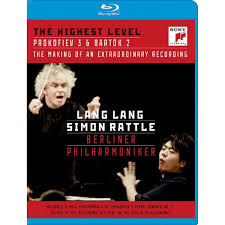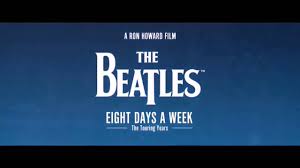
Valentino: The Last Emperor is a 2009 film that looks into the extraordinary and lavish times of the iconic fashion designer. I have never owned any piece, nor am I ever likely to own any piece, of Valentino fashion, but I do admire the classic and elegant designs. This documentary gives me more insight into the man’s life and work.
The film begins with Valentino Garavani and his partner (and honourary chairman of Valentino) Giancarlo Giammetti preparing for the 2007 fashion show in Paris.One year earlier, they were in Rome for the Spring/Summer Collection.
Valentino tells the interviewer that he decided at age 13 that he wanted to create beautiful clothes for women who actually wear them. His career with dresses began in 1965. He did the entire wardrobe of Jacqueline Kennedy.
Giancarlo Giammetti reveals that he has to be very patient with Valentino as a friend, as a lover, as well as an employee. Valentino makes the final decisions. He is above control of the partnership; he does what he wants. Yet there has never been two people so close for so many years with all the ups and downs.
Valentino is very protective of himself: he doesn’t like to confide in anyone. Few people know about his doubts, his fears and his weaknesses. He has an extraordinary control.
Their circle of friends include Elton John, Gwyneth Paltrow, Joan Collins, Uma Thurma, Meryl Streep, Princess Diana, a Duchess and a Countesse.
The 45th Anniversary celebration held within view of the Coliseum is a sight to behold. All the seamstresses (from way back in 1965) made the trip. The famous designer Karl Lagerfield was also in attendance. For this occasion, Valentino wanted the models to understand that they had to be strong, very sophisticated and feminine in Haute Couture. There were spectacular fireworks and a heavenly performance to Puccini’s O Mio Babbino Caro. He later issued a press release saying that the celebration was “unrepeatable”.
There are also plenty of archival footage and photography. The music department (led by Nino Rota) did a marvellous job to include La Dolce Vita, more than a dozen original compositions and delightful classical excerpts like Tchaikovsky’s Symphony No 6 (Finale) and Stravinsky’s Petrouchka: 4th Tableau. The film is well edited and has beautiful cinematography.









